Breathe Easy: The Ultimate Guide to Cleaner Air at Home
Here’s how to keep your indoor air free from pollutants and clean year-round


People may be curious about their IQ, but have you ever considered your IAQ—that is, your indoor air quality?
In simple terms, indoor air quality (IAQ) refers to the quality of air within a home or building as it relates to the comfort and well-being of those breathing it. Shockingly enough, the air you breathe indoors can contain up to five times more pollutants than outdoors.
With an increasing amount of families working and schooling from home since the start of the pandemic, your home’s IAQ is definitely something to prioritize. In this guide, we’ll review several factors that affect the air quality of your house as well as key steps to ensure cleaner, healthier air for your household.
Household Air 101
Poor IAQ in a home is more than just having dust. It is the presence of actual pollution in your household air, which can irritate your airways. Long-term exposure to poor IAQ can cause difficulty breathing, such as asthma flare-ups, and more respiratory problems if not addressed.
Keep in mind that a home’s cleanliness and air quality are not synonymous. Your house may be spotless, but dirty airborne particles aren’t visible to the naked eye. It’s important to know what exactly is lingering in the air, even if it smells good.
Indicators of Dirty Indoor Air
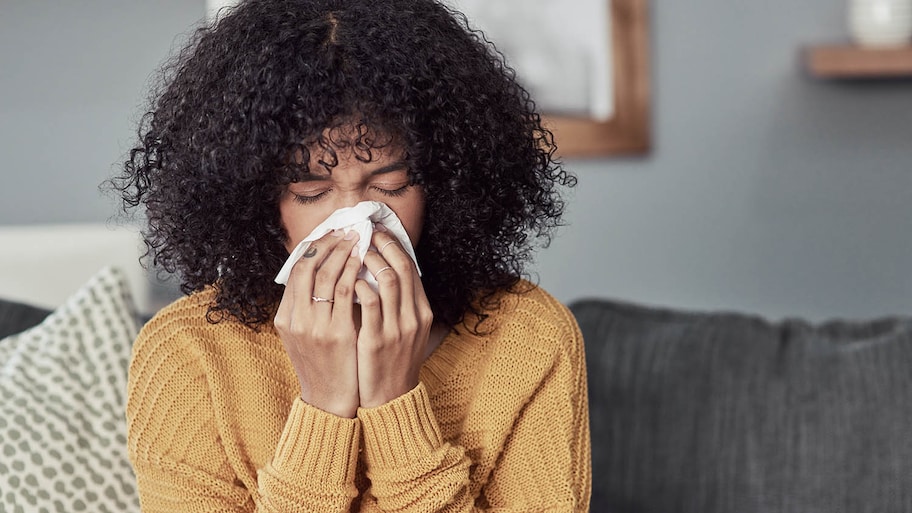
Odd or foul smells are usually a telltale sign of something wrong, such as spoiled food or a leaky pipe. Other signs of poor IAQ are revealed through health problems or reactions:
Sinus irritation
Fatigue
Headaches and dizziness
Respiratory problems
More frequent allergies/asthma attacks
These irritants may indicate dust build-up or mold growth in areas you can’t see, such as under the carpet or behind wallpaper.
How to Test Air Quality at Home
Carbon monoxide (CO) alarms are highly recommended in homes, especially since CO is an odorless, colorless gas that can sometimes lead to fatalities. Additionally, you can invest in an air quality monitor, an electronic device that tests and reports levels of pollution in the home.
Also, keeping an IAQ testing checklist can serve as a reminder of these necessities, including changing the alarms and batteries periodically.
Types of Indoor Air Pollutions
In contrast to bad smells, some of the most hazardous indoor gasses are odorless. Let’s explore several common pollutants, those both with and without smells.
Tobacco Smoke
Odor isn’t the only reason to get cigarette smell out of the house. Numerous health and respiratory problems stem from exposure to secondhand smoke, including ear infections and more frequent asthma attacks, which can easily permeate and linger in your home.
Household Products
If you take a look at the packaging of common household products, you’ll notice that many have warning labels about their levels of toxicity. Cleaners, disinfectants, and pesticides all emit gasses into the air that can cause both short- and long-term health problems.
Be careful not to overlook air fresheners. These products may smell pleasant, but many of them also contain chemical compounds like formaldehyde, a carcinogen that irritates the lungs and poses a health risk.
Gasses
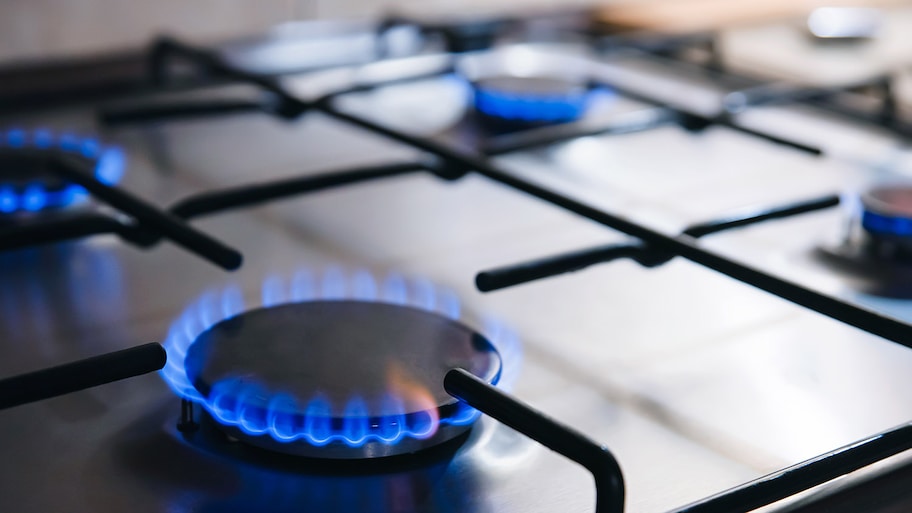
Gas stoves, fireplaces, and even candles can easily be overlooked. Anything that is fuel-burning or a combustion appliance in the house can release gasses into the air, including CO and nitrogen dioxide (NO₂).
Radon (Rn) is a radioactive gas that can also be found in homes. Rn naturally occurs in the ground and can enter the home through cracks and gaps in basements. Like CO, Rn is colorless and odorless, making it hard to detect without a local radon inspector.
Housing Materials
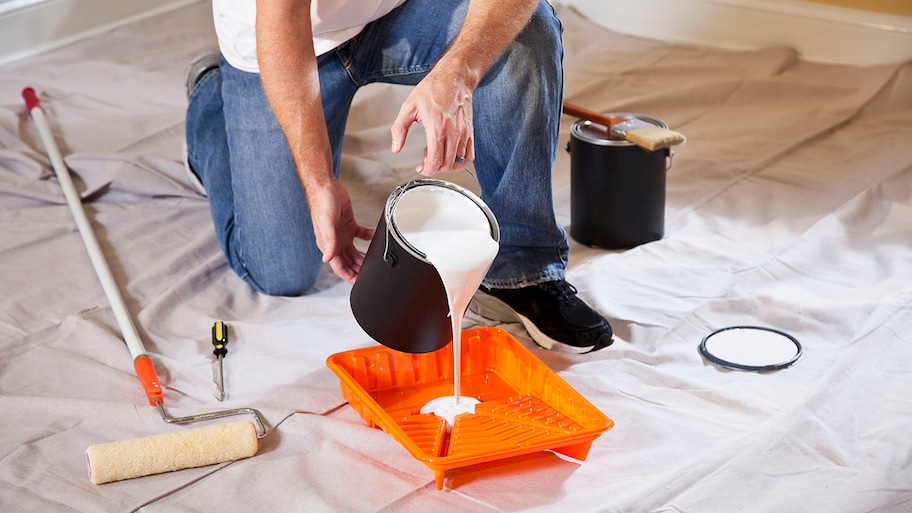
If you’re planning your next home improvement project, make sure you take all housing materials into account. Certain carpet installation, paint, wall insulation, and pressed wood products can emit unsafe chemicals into the air, including:
Asbestos
Lead
Formaldehyde
Volatile organic compounds (VOCs)
Mold
Mold spores can grow in damp areas and where moisture is present in the home, such as bathrooms and kitchens. Even if you can’t see mold, inhaling it has the potential to trigger allergic reactions and lung infections after long-term exposure.
In addition to causing adverse health effects, mold problems are among the most expensive home repairs, with the average cost of mold remediation at $2,215.
Biological Contaminants

Biological contaminants—anything that comes from animals or living organisms that cause health problems—are around and among us every day.
Our beloved pets can shed pet dander and attract insects that carry bacteria, such as fleas, indoors. Similarly, pollen, dust mites, and viruses also make their way into our homes via our clothes and shoes.
8 Ways to Improve Indoor Air Quality
Now that you know the culprits, here are effective ways to get rid of them.
1. Invest in an Air Purifier

Air purifiers have denser, stronger filters than furnace air filters, allowing them to remove odors and particles to provide cleaner air in your home. They also come in a variety of sizes and prices so you can find an option for your home within your budget.
2. Buy Houseplants
While there isn’t enough evidence of houseplants’ purification abilities, some studies show that certain plant species can help remove VOCs in non-ventilated buildings.
Recommended houseplants include:
Areca palms
Bamboo palms
Rubber plants
Dracaena
3. Remove Shoes Upon Entry
Taking off shoes before entering a home is customary in some countries, and after discovering what they can track inside, you may consider the same.
A study showed that the average shoe carries over 400,000 units of bacteria. Unless you’re bleaching your floors daily, these contaminants can spread throughout your home.
4. Consider a Smart Thermostat
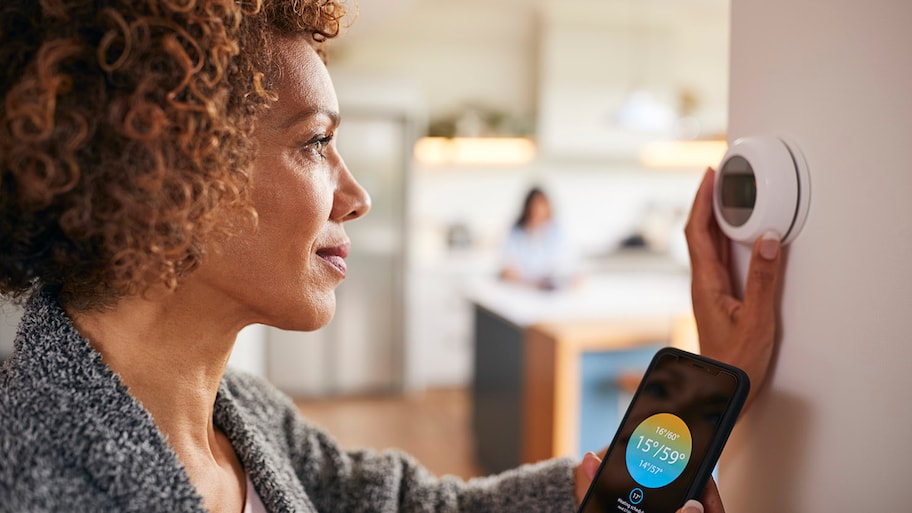
Instead of using several different gadgets to monitor your home’s humidity and temperature levels, a smart thermostat can have those features all in one. Depending on the model, smart thermostats can include HVAC compatibility, energy usage, alert warnings, and more.
5. Use Gentle Cleaners

To avoid spraying strong chemicals like ammonia and formaldehyde in your home, opt for fragrance-free detergents and solutions, which are generally free from VOCs. You can also make DIY all-purpose cleaners out of vinegar, baking soda, and lemon, which are great at-home stain removers and disinfectants.
If you prefer professional services, you can find a local house-cleaning company that uses fragrance-free cleaning products.
6. Avoid Air Fresheners

Surprisingly, there are many ways to keep your home smelling great without using air fresheners. In addition to their cleaning hacks, vinegar and baking soda also serve as odor neutralizers, helping to rid foul smells from carpet, the fridge, and more.
Citrus fruits and essential oils are also natural deodorizers, all of which have fresh, long-lasting scents.
7. Schedule Cleaning and Maintenance
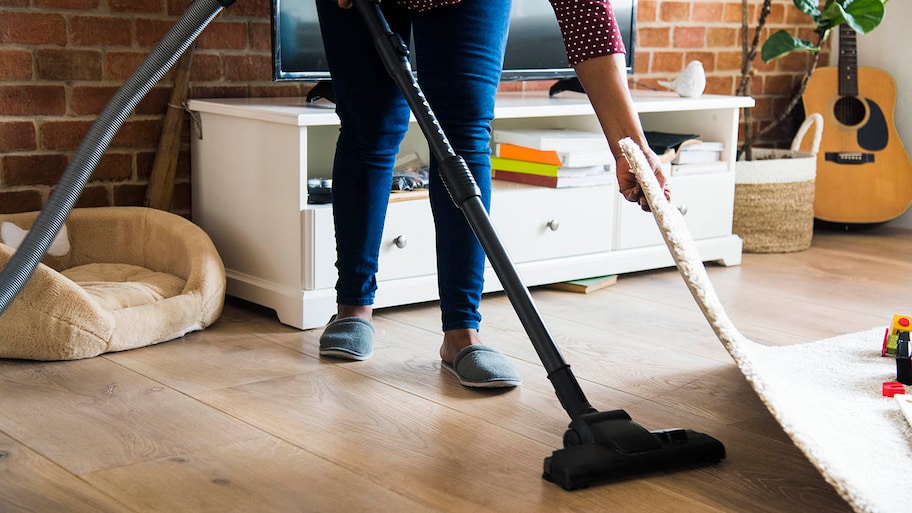
With a house cleaning checklist, you can stay on top of regular cleaning and maintenance tasks at home that help prevent mold, bacteria, and dust from accumulating—all of which affect your air quality.
Important tasks to perform throughout the year include:
Cleaning the air vents
Replacing air filters
Washing bedding
Deep cleaning upholstery
Grooming pets regularly
Cleaning carpets
Inspecting drains and pipes
Checklists also come in handy for house inspections, such as testing for radon levels after moving into a new home.
8. Ensure Proper Ventilation
Having proper ventilation throughout your home, such as with kitchen and bathroom exhaust fans, helps keep your home’s air as clean as possible. Activities such as showering and cooking can emit gasses and a lot of moisture in the air that cause mold growth and air pollutants.
You can hire local exhaust fan installers to ensure there is proper ventilation in key areas of the home and take advantage of ceiling fans and windows to help with air circulation.
FAQs
How can I purify my home’s air naturally?
Regularly changing your air filters and using ceiling fans are simple yet easy ways to keep your home’s air clean and well-circulated. Also, opting for fragrance-free cleaning products will help reduce the amount of contaminants sprayed in your home.
While houseplants can play a role in reducing indoor humidity levels, there isn’t enough evidence for their air purification abilities.
Does vinegar purify the air?
No, vinegar does not purify the air. It can, however, kill bacteria by direct contact, such as when cleaning. Also, the acetic acid in vinegar neutralizes alkaline odors in the air, which can help your home smell fresh.
How do I clean the air in my house from COVID?
According to the U.S. Environmental Protection Agency (EPA), ensuring proper ventilation and air circulation indoors can help reduce airborne contaminants such as COVID-19 and other viruses. This includes running your HVAC system, upgrading your air filters, using indoor fans, and opening doors and windows.
Now that you’re more aware of your home’s air, how does your IAQ measure up? An air quality testing company near you can evaluate your home and provide a rundown of important steps to take. As for keeping your household informed, check out the visual below to use as a helpful guide.
Infographic: IAQ and You

